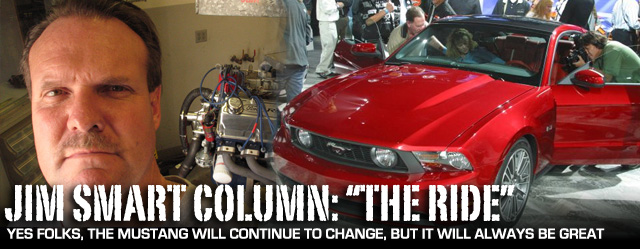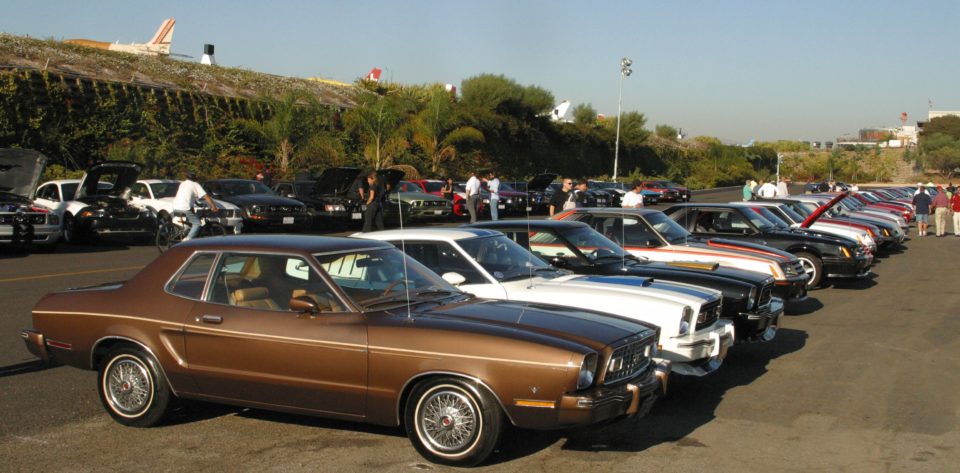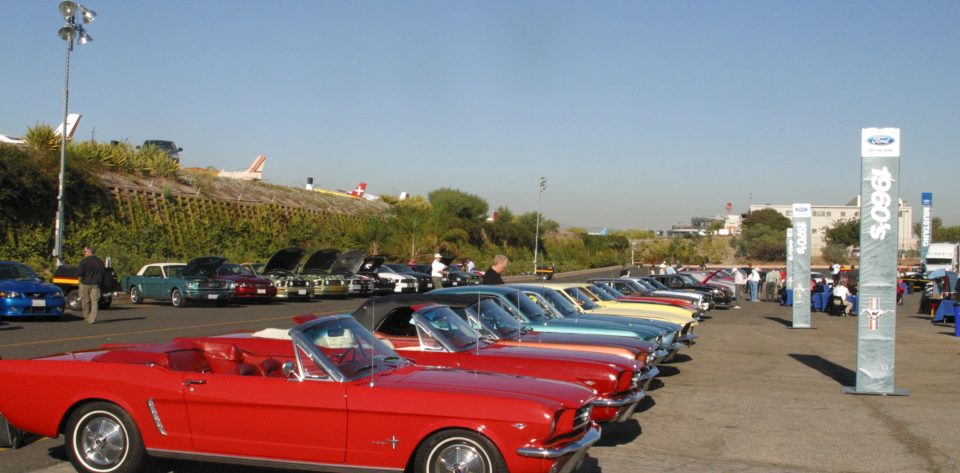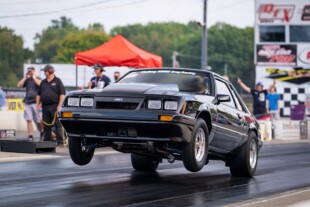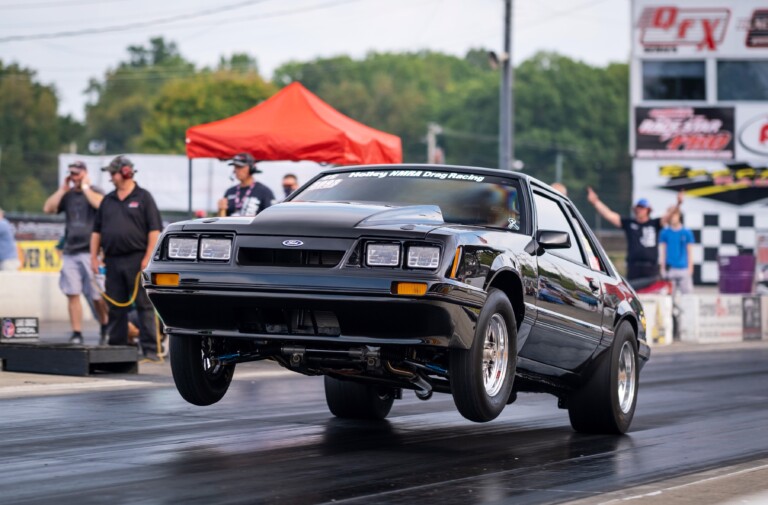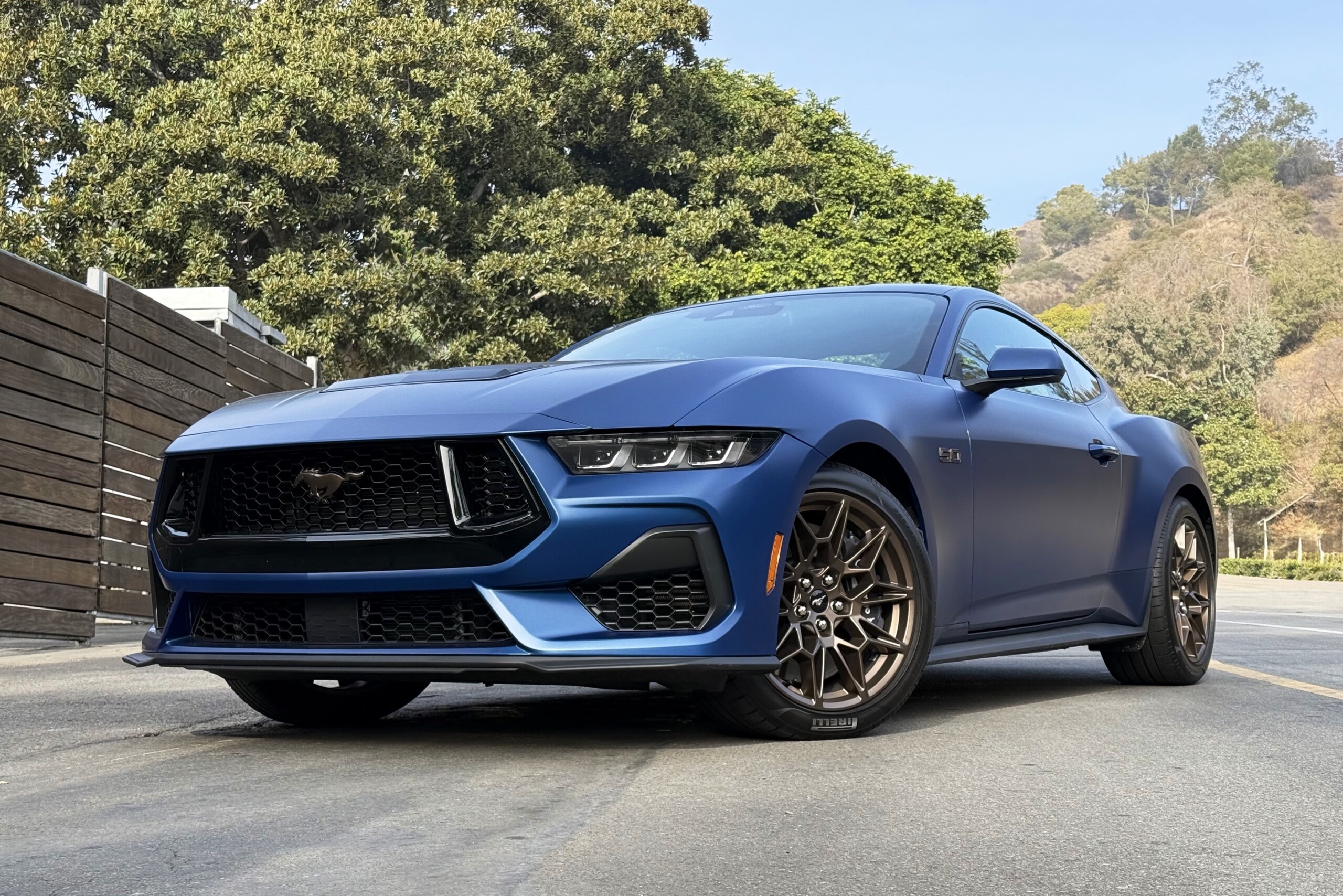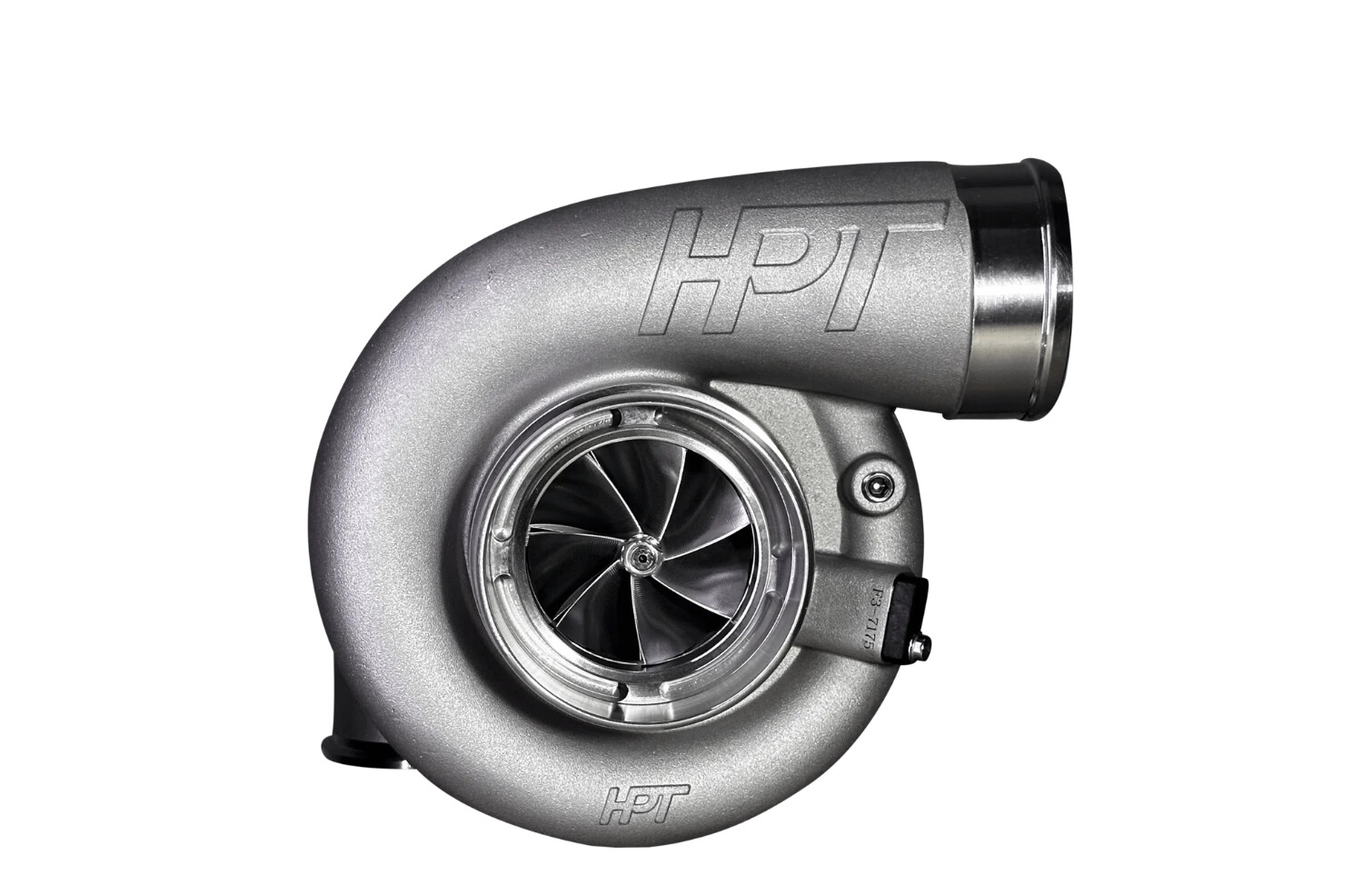Few of us are ever comfortable with change. I like a comfortable, familiar dusty rut even though I complain about being stuck in it endlessly. I always want something fresh and exciting, yet I find myself afraid of the unknown or – heaven forbid – something better.
It is time for the Mustang to change significantly to both get sales back and begin anew as a car more people want.
Mustang has enjoyed an unequaled amount of success in its near half-century production run. No other American nameplate aside from perhaps Ford’s own F-Series has enjoyed this caliber of success for as long. That said, what’s next for Mustang? I don’t know, you tell me. All I have to go on is history, and I find history repeating itself as we speak.
The Bitter Pill Of Change
Because I’ve been a Mustang owner and enthusiast since the early 1970s, I’ve seen a lot change in 40 years. In the summer of 1973, there was panic in the streets because Mustang was expected to change dramatically for ‘74. The new redesigned Mustang was going to be Pinto based, no longer with a V-8, and void of a convertible top. The Mustang as we had long known it would soon be gone and none of us liked it. Though the Mustang II receives a lot of criticism, it was the right car for its time with quality surpassing the classics. In just four years, Ford sold more than a million of them. Someone surely liked them.
For those of us who loved the 1965-73 classic Mustangs, the '74 Mustang was an unwelcome sight. However - Mustang II was an exercise in engineering and better quality - and they sold like hotcakes. Mustang II kept the name alive not to mention how much was learned and gained from its development.
In 1979, Mustang was again redesigned with a fresh European look. Traditionalists like me lamented it just didn’t look like a Mustang and what’s with that optional turbo four banger anyway? Ford sold 369,936 of them according to www.foureyedpride.com. Though 1986 brought us essentially the same four-eyed Mustang, it had a fresh technological advance — Sequential Electronic Fuel Injection (SEFI). Sales picked up.
When Ford brought us a redesigned Fox Mustang for 1987, we were again critical. Didn’t care for the composite headlights, fluted taillights, and all those ground effects. Yet Ford continued to sell Mustangs and we continued to buy them.
The greatest challenge for Ford through the years has been how to maintain the Mustang’s traditional styling nuances, yet keep the car fresh. As Fox Mustang sales began to slide badly around 1990, Ford wondered if the name’s time had finally come. A bold East Detroiter and Ford executive named John Coletti stepped up and convinced Ford management he could not only save Mustang, but make it a hot seller again. Coletti was not a guy anyone was going say no to. With a shoestring budget and minimal resources, Coletti and a handpicked team reinvented Mustang with the new SN-95 for model year 1994.
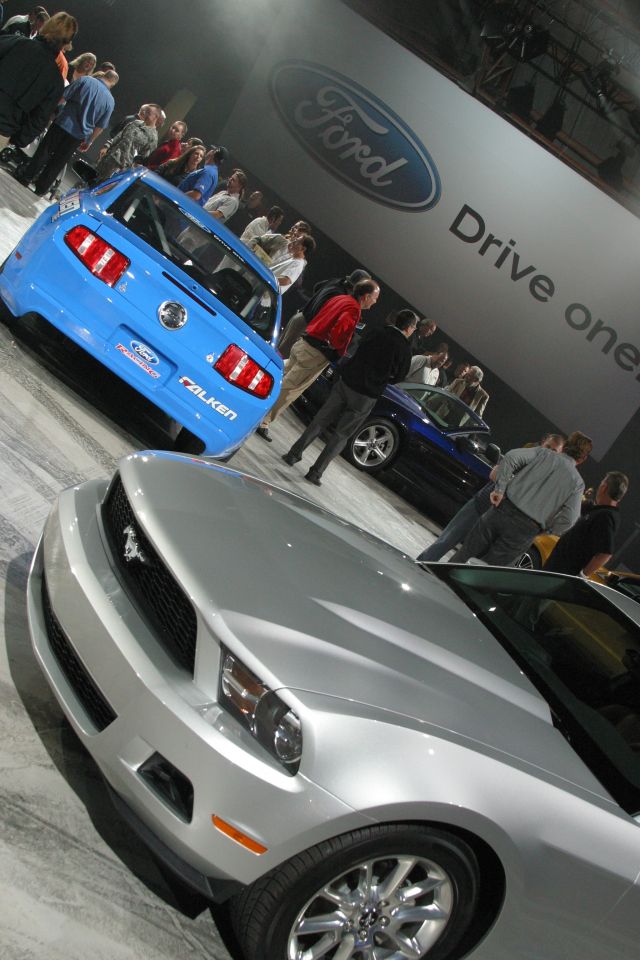 We were nervous wondering what Ford had in store for ‘94. When we saw the car and drove it for the first time in October of 1993 prior to a Christmastime introduction, we knew Ford had a winner. The car was solid, felt good to drive, and appealed to the masses. Ford’s ad slogan for ’94 was “It Is What It Was, And More…” capitalizing on a retro theme we hadn’t seen since the 1970s. After a huge 100-city promotion involving just as many Mustang clubs, sales of Ford’s pony nearly doubled. America’s favorite fun car was again hot — yet not without its challenges. It was heavier, had less power, and we complained about its taillights. Ford changed the taillights for ’96 along with the introduction of 4.6L Mod’ V-8 power signaling the first Mustang generation not powered by a small-block Ford.
We were nervous wondering what Ford had in store for ‘94. When we saw the car and drove it for the first time in October of 1993 prior to a Christmastime introduction, we knew Ford had a winner. The car was solid, felt good to drive, and appealed to the masses. Ford’s ad slogan for ’94 was “It Is What It Was, And More…” capitalizing on a retro theme we hadn’t seen since the 1970s. After a huge 100-city promotion involving just as many Mustang clubs, sales of Ford’s pony nearly doubled. America’s favorite fun car was again hot — yet not without its challenges. It was heavier, had less power, and we complained about its taillights. Ford changed the taillights for ’96 along with the introduction of 4.6L Mod’ V-8 power signaling the first Mustang generation not powered by a small-block Ford.
When Ford began teasing us in 2002 with the S197 Mustang two-seat concept car, it had wide appeal, yet we were apprehensive wondering what the production car would look like. It took a long time to get here. Timed perfectly with the Mustang’s 40th Anniversary, Ford introduced the all-new 2005 Mustang, which was a smashing success and the most retro Mustang yet. The 2005-09 Mustang inspired an adrenaline rush, yet it was a short-lived high sales wise.
Despite a complete redesign, a new platform, a state of the art assembly plant, and the greatest levels of Mustang power ever, sales have declined badly. In 2005, Ford sold 160,975 Mustangs. The following year, it sold 166,530. With a badly damaged economy to follow in 2008, sales have plummeted to all-time lows of 66,623 in 2009; 73,716 in 2010; and 68,650 in 2011. Can it all be blamed on the economy or has Mustang grown stale? Maybe the time has come to rethink Mustang with a fresh approach to a half century idea.
Insiders at Ford are looking at getting away from retro and beginning a new chapter in Mustang history when the 50th Anniversary rolls around in 2014. It is time for the Mustang to change significantly to both get sales back and begin anew as a car more people want. As in the past, we remain guarded and apprehensive because it is our Mustang — an exciting car for the masses. And if the Mustang changes far and away from what it has long been, no worries. Mustang’s future remains in the best of hands, just as it always has.

I admit I was very nervous about changes to the Mustang for 2010. I liked the new chiseled front end but didn't care for the vastly redesigned hind quarters. The Mustang has since been fitted with the hot Coyote 5.0L V-8 powerhouse and standard unthinkable screaming double overhead cam V-6 power courting 300+ horsepower. Talk about six and the single girl? WOW!



